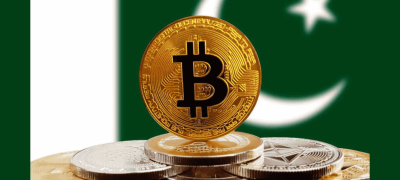The textile industry in Pakistan experienced a marginal increase of 3% in exports, reaching $1.3 billion in March 2024 compared to the same period last year. However, this figure represents a decrease of around 8% compared to February 2024. Despite this recent uptick, overall textile exports have remained stagnant in the first nine months of the current financial year, recording a slight decline of 0.3%.
Industry officials attribute this decline to the significant increase in input costs for textile manufacturers, making exports less competitive in the international market. The lack of a competitive energy source for the industry has been highlighted as a major obstacle to sustaining manufacturing activities and competing internationally.
Also Read: Cotton Market Faces Pressure Amid Textile Woes and Holiday Season Ahead
The power tariff for export-focused firms has increased significantly, from 9 cents per kilowatt-hour (kWh) to over 14 cents per kWh, leading to a decline in textile and apparel exports in the previous financial year. Furthermore, recent hikes in electricity and gas prices have further exacerbated the situation, with the textile industry facing tariffs more than twice as high as those paid by competitors in regional economies such as Bangladesh, India, and Vietnam.
To address these challenges and revitalize the industry, the textile millers’ body Aptma has called for the adoption of the Competitive Trading Bilateral Contracts Market (CTBCM) model to enable business-to-business electricity supply contracts at competitive prices. Additionally, increasing the ceiling on solar net-metering for industrial consumers is proposed to facilitate the transition towards net-zero emissions by adding clean energy capacity at the point of consumption.
Overall, these measures are aimed at improving the financial viability of the textile industry and enabling it to remain competitive in the global market amid rising input costs and energy tariffs.









